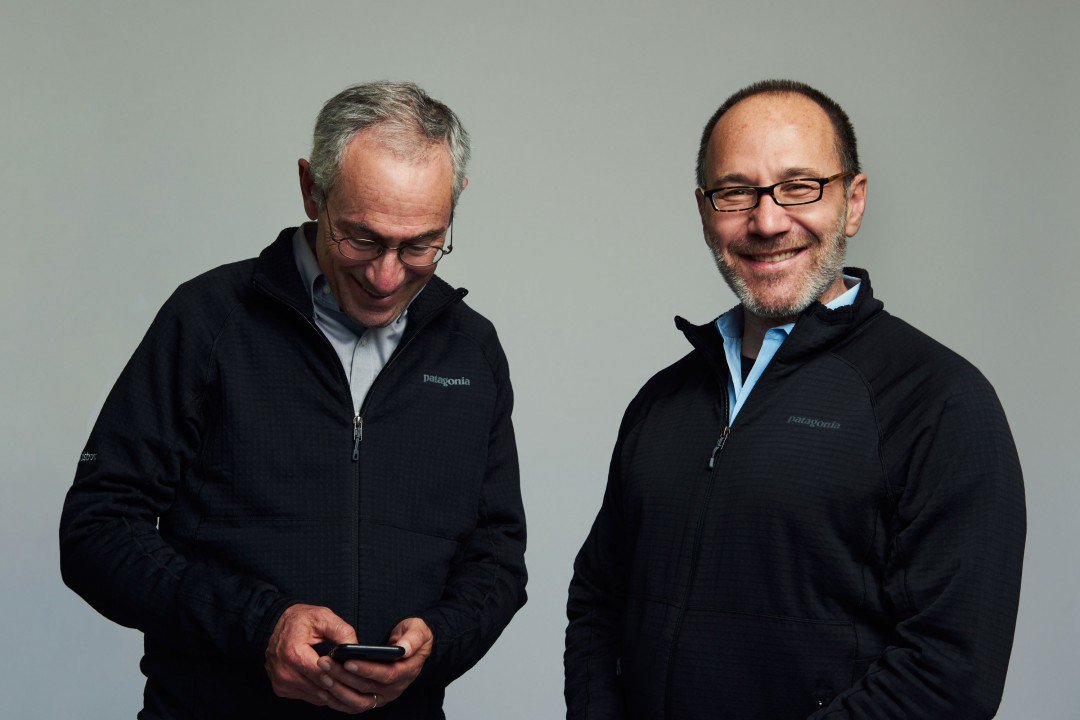Votre obsession pour les technologies embarquées dans vos smartphones pourraient bientôt aider à traiter des maladies mentales
C’est dans le MIT review que j’ai décelé ceci –
Analyzing the way you type and scroll can reveal as much as a psychological test.
There are about 45 million people in the US alone with a mental illness, and those illnesses and their courses of treatment can vary tremendously. But there is something most of those people have in common: a smartphone. A startup founded in Palo Alto, California, by a trio of doctors, including the former director of the US National Institute of Mental Health, is trying to prove that our obsession with the technology in our pockets can help treat some of today’s most intractable medical problems: depression, schizophrenia, bipolar disorder, post-traumatic stress disorder, and substance abuse.
Mindstrong Health is using a smartphone app to collect measures of people’s cognition and emotional health as indicated by how they use their phones. Once a patient installs Mindstrong’s app, it monitors things like the way the person types, taps, and scrolls while using other apps. This data is encrypted and analyzed remotely using machine learning, and the results are shared with the patient and the patient’s medical provider. The assessment included classic neuropsychological tests that have been used for decades, like a so-called timed trail-tracing test.
The seemingly mundane minutiae of how you interact with your phone offers surprisingly important clues to your mental health, according to Mindstrong’s research—revealing, for example, a relapse of depression. With details gleaned from the app, Mindstrong says, a patient’s doctor or other care manager gets an alert when something may be amiss and can then check in with the patient by sending a message through the app (patients, too, can use it to message their care provider).
For years now, countless companies have offered everything from app-based therapy to games that help with mood and anxiety to efforts to track smartphone activities or voice and speech for signs of depression. But Mindstrong is different, because it’s considering how users’ physical interactions with the phones—not what they do, but how they do it—can point to signs of mental illness. That may lead to far more accurate ways to track these problems over time. If Mindstrong’s method works, it could be the first that manages to turn the technology in your pocket into the key to helping patients with a wide range of chronic brain disorders—and may even lead to ways to diagnose them before they start.
Digital fingerprints
Before starting Mindstrong, Paul Dagum,
its founder and CEO, paid for two Bay Area–based studies to figure out
whether there might be a systemic measure of cognitive ability—or
disability—hidden in how we use our phones. One hundred and fifty
research subjects came into a clinic and underwent a standardized
neurocognitive assessment that tested things like episodic memory (how
you remember events) and executive function (mental skills that include
the ability to control impulses, manage time, and focus on a task)—the
kinds of high-order brain functions that are weakened in people with
mental illnesses.
